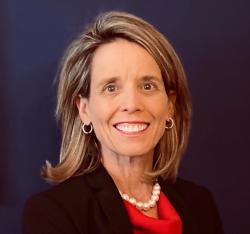On March 22, President Trump announced in a tweet that his new national security adviser will be John Bolton, drawing attention once again to the churn within the highest level of the White House staff. As I wrote on January 19, 2018, the one year mark in the Trump administration, the rate of staff turnover was a record-setting 34 percent, double that of the previous leader, President Ronald Reagan (17 percent), and more than triple that of President Obama (nine percent).
At this point, just over 14 months into his presidency, an additional 14 percent of positions on the “A Team” have changed hands, indicating that 48 percent of the White House “A Team” have either been fired, resigned, or moved on to another job within the White House. These developments are tracked on a regularly updated tracker on the Brookings website (which also measures turnover among the president’s Cabinet.) Because the national security adviser post has already turned over once during the Trump administration, McMaster’s departure does not actually affect this figure (i.e., the position isn’t counted twice), but other recent departures and job changes, including those by Rob Porter, Gary Cohn, and Mike Pompeo, among others, have driven the total turnover up to its current rate of 48 percent. By comparison, at the end of two full years (24 months), President Obama’s cumulative turnover rate was dramatically lower at 24 percent and President George W. Bush’s turnover rate was 33 percent.
Another indicator of the extraordinary level—and consequence—of this turnover is reflected in an analysis of the 12 most senior positions within this data set, which I call “Tier One” positions. The following positions make up Tier One:
- Chief of staff*
- Deputy chief of staff*
- Press secretary*
- Assistant to the president for public liaison*
- Assistant to the president for legislative affairs
- Assistant to the president for intergovernmental affairs
- White House counsel
- Staff secretary*
- Cabinet secretary
- National security adviser*
- Deputy national security adviser*
- Chair of the counsel of economic advisers
As of now, seven of the 12 (those indicated with asterisks) have departed, President Trump has replaced his national security adviser for the second time, and rumors swirl that he may soon replace the chief of staff for the second time as well. Given the relatively small pool of recruits that President Trump was willing to consider at the start, the challenge of adequately staffing the White House grows more difficult with each passing day. This extraordinary level of turnover is highly disruptive, demoralizing and inefficient, ultimately making it more difficult for the White House staff to advance the president’s agenda. So, while President Trump apparently thrives on conflict and chaos, it is certainly not in his best interest.




Commentary
McMaster out and turnover on the White House “A Team” continues at a steady clip
March 22, 2018